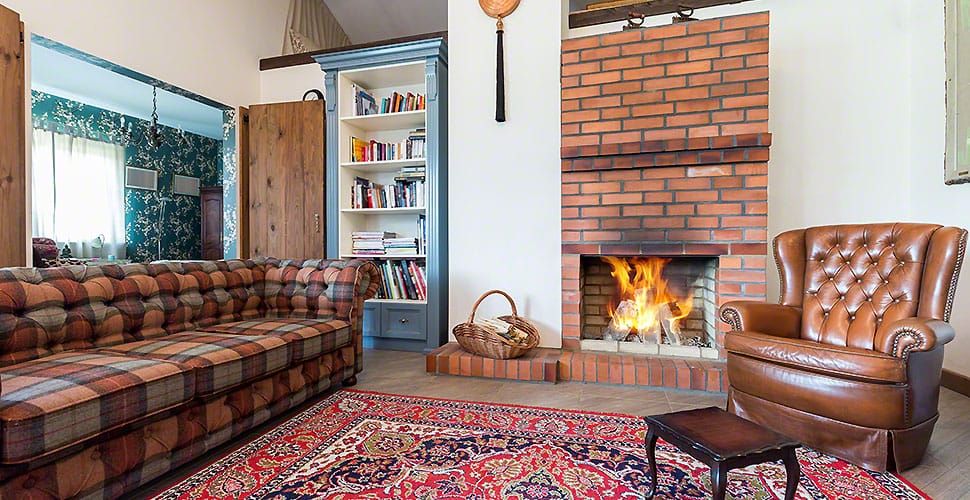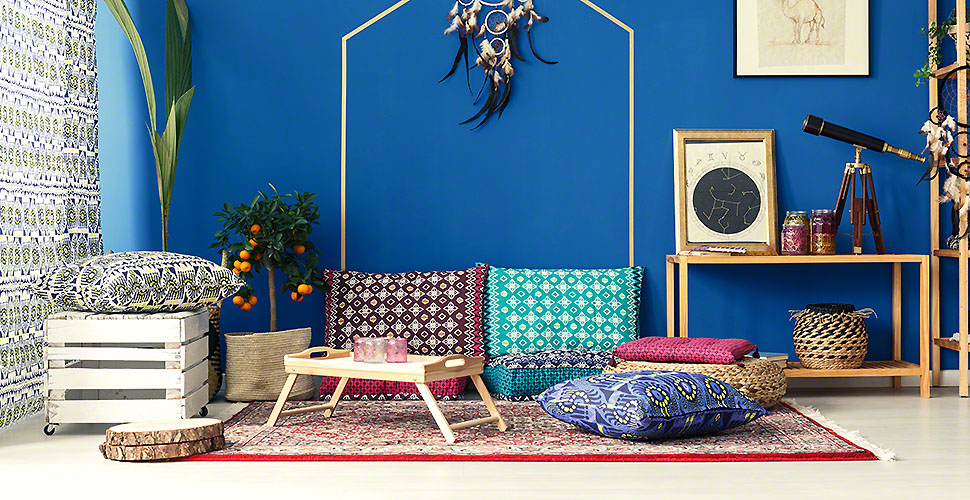Everyone seems to be enticed by handmade Persian rugs and carpets because they appear to be so darn good. Nonetheless, very few people know that there’s a really intricate process behind the creation of wholesale Persian rugs.
Here’s a few steps that are taken in order to bring it into shape. Read on!
Warp, weft and knot — that’s where it begins!
Like any other carefully crafted thing, a rug also needs to be given a basic structure before anything else. There are two to three things the foundation of a Persian handmade rug contains and if one of them isn’t done correctly, you can’t attain your desired result. Therefore, only a professional can perform the task accurately and dabblers need to be shooed away!
You see a bunch of strands running up and down in a rug? This is what the warp is referred to as. These warps play a pivotal role in the making of a rug because the knots are attached to them; they are the binding force that keep all the knots tied, henceforth, they have to be imbued with a lot of strength and precision.
Cotton, silk or wool — choosing the material!
There’s a wide variety of materials when it comes to a Persian rug. You would not have to settle for something you barely like; there are various options to leaf through. Cotton, silk and wool are three options given to people interested in selecting a Persian rug. Most people opt for a cotton rug, but silk and wool rugs also find their adherents.
Cotton rug is a downright favorite because it is not that expensive. It is cheaper than the rest of the rugs, and since you don’t have to sell your kidney to get one, most of the buyers lean towards it.
Natural, vegetable or chrome — selecting the dye for a rug!
You can get your rug differently dyed if you want. There are three kinds of dyes a rug may come in. Many people say that vegetable dye beats the rest of them in the race but again, it’s just a hearsay, it has very little to do with the reality. There’s no expert opinion with regard to this thing.
Chrome dyes, for instance, look brighter and more lively than the rest of the two without a shadow of doubt. If you want your place to give vivacious vibes, you need to leave everything aside and simply opt for chrome dyed Persian carpets.
Then, some people are of an opinion that natural dyes are unbeatable – they don’t fade easily and look best. The conclusion is, all the dyes have their own fors and against; none of them is superior to the other two.
Giving it a design comes next!
It all depends on the imagination of the weaver if you are looking forward to buying a traditional Persian rug. It all goes down to how wild his imagination can run. He’s the man in charge; he’s the man whose passion is his craft; he’s the one who’ll come up with something every eye would want to drool over. That’s the very reason most people prefer tribal style rugs instead of city style rugs which fall a little short of authenticity.
Shaving and washing the rug!
After the knotting part gets finished, the pile looks long and imbalanced. That’s when the shaving part comes in. The pile has to be properly trimmed and brought into symmetry. Later, it has to be carefully washed to do away with excessive dye and debris. If there’s a lot of residue, the process may get repeated a couple of times.
Finishing and fringing
Eventually, all chances of shrinkage are reduced to zilch and the piece gets dispatched to the showroom owners or the vendors selling it in the open. Before sending it to anyone, they just ensure there’s nothing left to do. They revisit every tiny detail of the carpet and call it good-to-go only after it passes the final check. They don’t leave any stone unturned before selling it to one of their clients, they make sure everything is inch-perfect and spot on.
Moreover, for to reputable Persian rug stores Alexandria to buy the best quality handmade Persian rugs.


